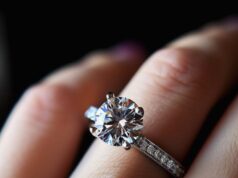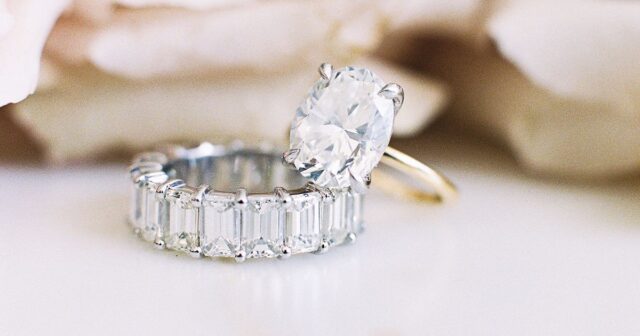
An engagement ring is traditionally a symbol of love, commitment, and the impending union between two individuals. It’s not only a declaration of love but also a significant financial investment. Setting a realistic budget is crucial to ensure that this token of love doesn’t become a financial burden. In this blog post, we delve deep into understanding the significance, budgeting, and various aspects of purchasing an engagement ring.
The Symbolism of Engagement Rings
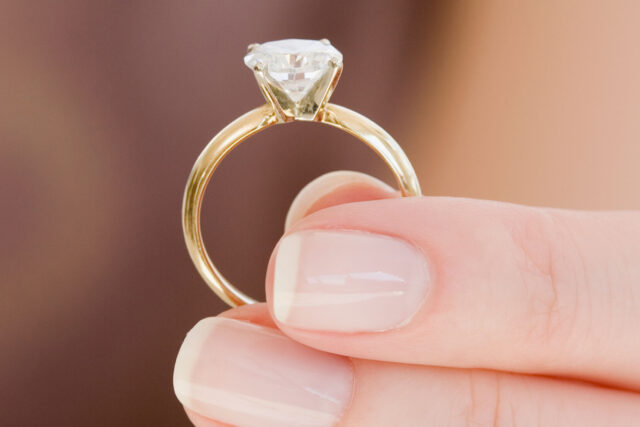
Engagement rings have been a symbol of love and commitment for centuries. They represent the promise of a future together and are often the first major purchase a couple makes together. However, the importance of an engagement ring is not diminished by the amount spent on it. The emotional and symbolic value of the ring often supersedes its monetary value.
Regardless of the budget, the essence of the engagement ring remains a testament to love and commitment. It’s the sentiment and the promise it represents that are truly priceless. Prioritizing the emotional value over the financial value ensures the ring remains a joyful symbol rather than a stressful reminder of overspending.
Assessing Your Financial Situation
Before embarking on the journey of purchasing an engagement ring, it’s vital to assess one’s financial situation. This involves examining income, expenses, savings, debts, and financial goals. A thorough evaluation ensures that the budget set is realistic and manageable.
Establishing a budget that aligns with one’s financial status is crucial. It helps in avoiding unnecessary strain and ensures that the excitement of the engagement is not overshadowed by monetary stress. Remember, an engagement ring is a symbol of love, not a symbol of one’s financial standing.
Determining a Realistic Budget
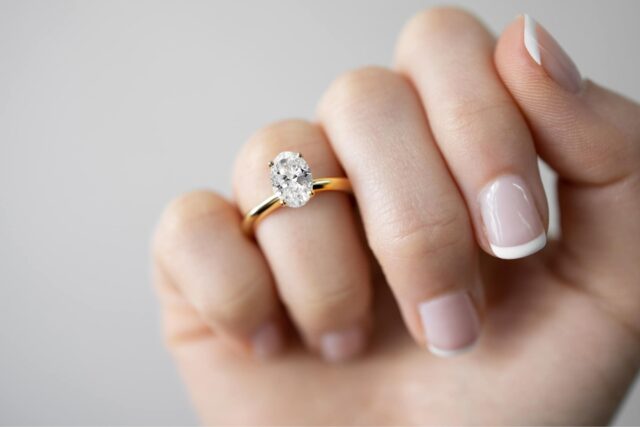
Determining a realistic budget is central to a stress-free engagement rings shopping experience. A well-known guideline is to spend two to three months’ salary on a ring. However, this is not a one-size-fits-all rule. Variations of this rule exist, and flexibility is key.
Each couple’s financial situation is unique, and thus, the budget should be personalized. Evaluating expenses, financial goals, and other upcoming needs are crucial when setting the budget. The priority is to choose a budget that feels comfortable, secure, and aligns with individual financial landscapes.
Factors Affecting Engagement Ring Costs
Several factors influence the cost of an engagement ring. The choice of metal, the type and quality of the gemstone, and the intricacy of the design all play crucial roles. Metals vary widely in price, with platinum being more expensive than gold, and gold being pricier than silver.
Gemstones, especially diamonds, are priced based on their cut, carat, clarity, and color. Additionally, the complexity and uniqueness of the design can also significantly affect the price. Understanding these elements and how they interplay will assist in making informed decisions aligning with the predetermined budget.
Setting Priorities in Design
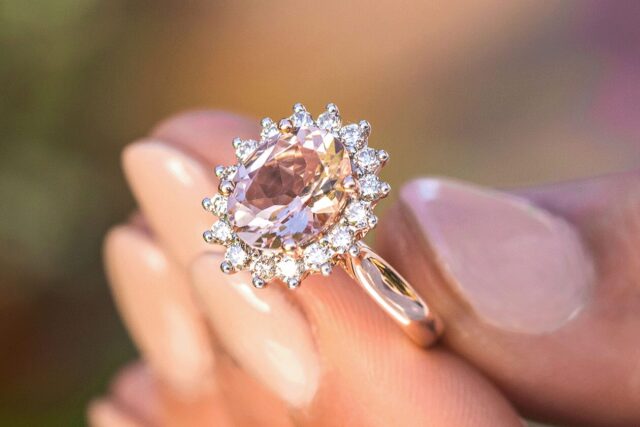
Prioritizing design elements is a strategic step in engagement ring selection. It involves balancing personal preferences with budget constraints. Sometimes, compromises might be necessary to align the design with the budget, without compromising the ring’s overall appeal and symbolism.
Identifying non-negotiable elements and being flexible about others ensures the ring remains a reflection of love and personal style, while still adhering to financial limits. This approach helps in achieving a harmonious balance between desire and affordability.
Saving Strategies
Saving for an engagement ring requires planning and discipline. Consider setting up a dedicated savings account and contributing to it regularly. This allows funds to accumulate over time, making the purchase more manageable.
Employing saving strategies, like reducing discretionary spending and allocating bonuses or tax returns to the ring fund, can expedite the saving process. Consistency and commitment are key in ensuring that sufficient funds are available when it’s time to make the purchase.
Alternative Options
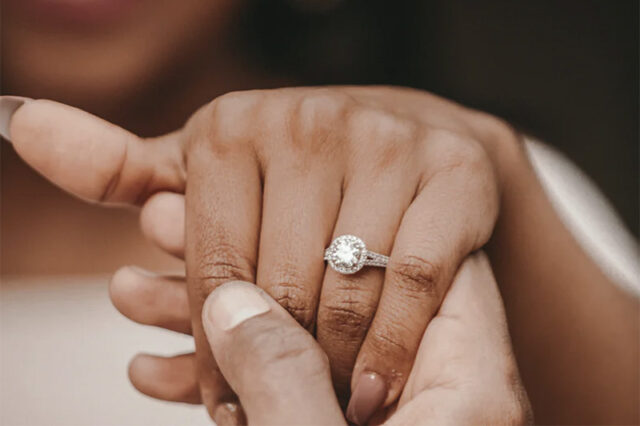
Exploring alternative options can lead to significant savings. Consider heirloom rings, which carry sentimental value and reduce costs. Lab-grown diamonds are another cost-effective alternative, offering similar physical and chemical properties to natural diamonds.
Opting for gemstone rings, which are often less expensive than diamonds, can also be a viable option. Each alternative has its unique charm and can be as meaningful as traditional options, if not more.
Choosing a Reputable Jeweler
Finding a reputable jeweler is critical in ensuring the quality and value of the engagement ring. Researching, reading reviews, and seeking recommendations are essential steps in vetting jewelry stores.
Building a relationship with a trustworthy jeweler ensures that the purchasing experience is transparent, informative, and tailored to individual needs and preferences. This alliance guarantees peace of mind and assures the value and authenticity of the ring.
Custom vs. Pre-Made Rings
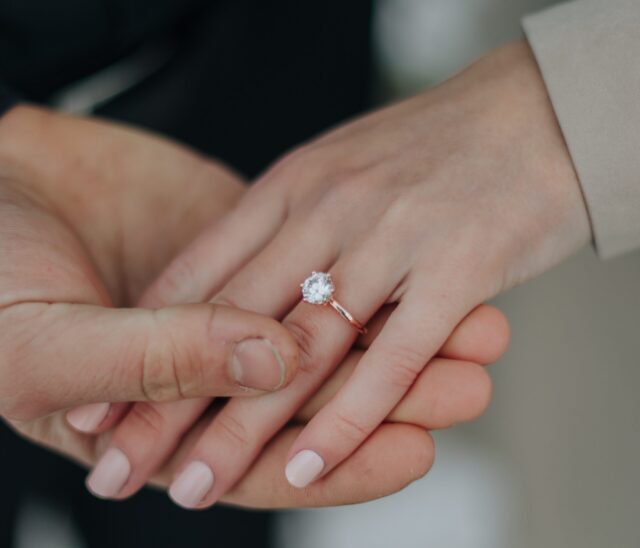
Custom and pre-made rings each have their advantages and disadvantages. Custom rings offer personalization and uniqueness but can be more expensive and time-consuming. Pre-made rings, on the other hand, are often more affordable and readily available but may lack individuality.
Weighing the pros and cons helps in determining which option aligns best with personal preferences, time constraints, and budget. Both options can yield beautiful results, with the main difference being the level of personalization and the associated costs.
Sticking to the Budget
Maintaining discipline and adhering to the budget is paramount. It might be tempting to exceed the budget for the perfect ring, but it’s essential to remember the significance of the ring lies in its symbolism, not its price tag.
Staying within budget ensures that the engagement remains a joyful occasion and doesn’t impose unnecessary financial strain. A disciplined approach, coupled with thoughtful consideration, guarantees a harmonious convergence of love and affordability.
Conclusion
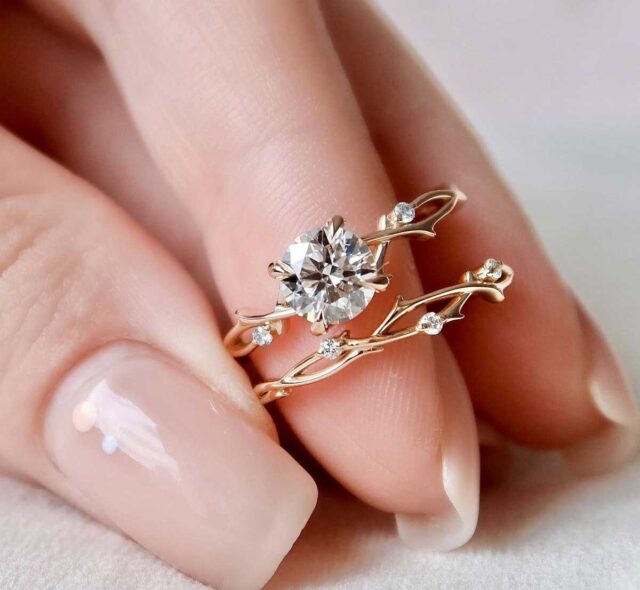
Engagement rings symbolize love and commitment and should be chosen with care and consideration. Assessing financial situations, determining a realistic budget, exploring alternatives, and choosing a reputable jeweler are all crucial steps in this journey.
Remember, the value of an engagement ring is not measured by its price but by the love it represents. Prioritize financial health and let the engagement ring be a symbol of enduring love and commitment, not financial stress.
While this post provides an overview, readers are encouraged to delve deeper into each aspect, aligning their choices with their values, preferences, and financial capabilities, ensuring the journey to “I do” is as blissful as the union it represents.

